The NFT art market, once a booming frontier for digital creators and collectors, has experienced a dramatic downturn in recent months. After the dizzying highs of 2021 and early 2022, where pixelated avatars and algorithmically generated artworks fetched millions, the market has cooled significantly. Trading volumes have plummeted, and many high-profile projects now languish in obscurity. Amid this decline, an unexpected trend has emerged: artists and collectors are increasingly turning to physical manifestations of digital art as a way to preserve value and reconnect with tangible creativity.
For years, the promise of NFTs lay in their ability to authenticate ownership of purely digital assets. The idea was revolutionary—art could exist entirely in the digital realm, yet still hold scarcity and provenance. But as the speculative frenzy faded, so too did the allure of owning art that existed only as lines of code. Collectors began questioning the long-term value of pieces that relied solely on blockchain verification. This skepticism, combined with broader economic uncertainties, has led many to seek alternatives that bridge the digital and physical worlds.
The shift toward physicality isn’t just a reaction to market volatility; it’s also a reflection of deeper artistic desires. Many creators who initially embraced NFTs as a way to bypass traditional gatekeepers are now rediscovering the tactile pleasures of paint, sculpture, and printmaking. Some are producing limited-edition physical counterparts to their digital works, while others are abandoning pixels altogether in favor of traditional mediums. Galleries, too, are adapting, hosting hybrid exhibitions where NFTs are displayed alongside their material counterparts.
One notable example is the rise of "phygital" art—a portmanteau of "physical" and "digital." These works often come with embedded NFC chips or QR codes that link to blockchain verification, offering the best of both worlds. A painting hanging on a wall can thus be authenticated as an original, while still retaining its connection to the digital ecosystem. This approach has resonated with collectors who crave the permanence of physical art but don’t want to abandon the innovation of NFTs entirely.
Another factor driving this trend is the environmental critique of NFTs. The energy-intensive nature of blockchain transactions became a sticking point for many artists and buyers, particularly those with environmental concerns. Physical art, by contrast, carries a different kind of footprint—one that feels more familiar and, in some cases, more manageable. Artists are increasingly highlighting the sustainability of their physical works, using recycled materials or low-impact production methods to appeal to eco-conscious audiences.
The market’s pivot toward physicality has also opened doors for artists who never fully bought into the NFT hype. Traditional painters, sculptors, and printmakers—many of whom watched the digital gold rush from the sidelines—are now finding renewed interest in their work. Collectors burned by the volatility of crypto art are returning to the stability of established mediums, where value is determined by more than just hype and algorithmic trends.
Of course, this doesn’t mean the NFT market is dead. Far from it. Some projects continue to thrive, particularly those with strong communities or utility beyond mere speculation. But the era of easy money and overnight millionaires seems to be over. In its place, a more nuanced art market is emerging—one where digital and physical coexist, each serving different needs and audiences.
What’s clear is that the art world is cyclical. Just as the rise of NFTs once seemed unstoppable, their decline has paved the way for a renaissance of physical art. Whether this trend will last remains to be seen, but for now, the pendulum is swinging back toward the tangible. In an age where so much of life happens online, there’s something deeply human about holding a piece of art in your hands—a reminder that creativity, at its core, is a physical act.
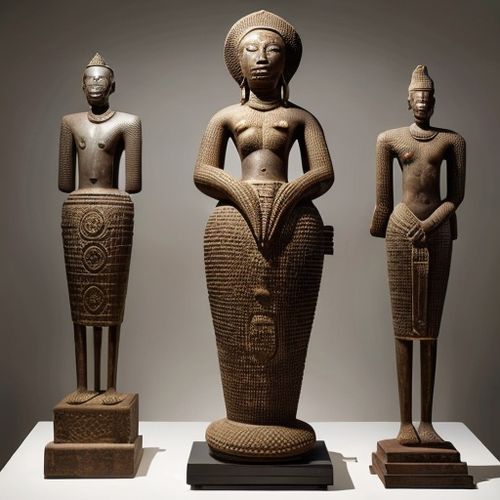
By Amanda Phillips/Apr 12, 2025
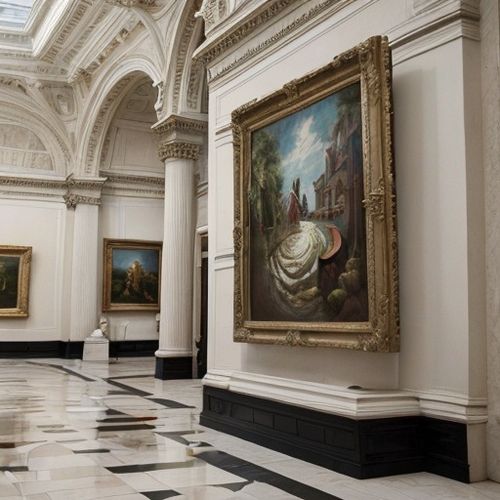
By Christopher Harris/Apr 12, 2025
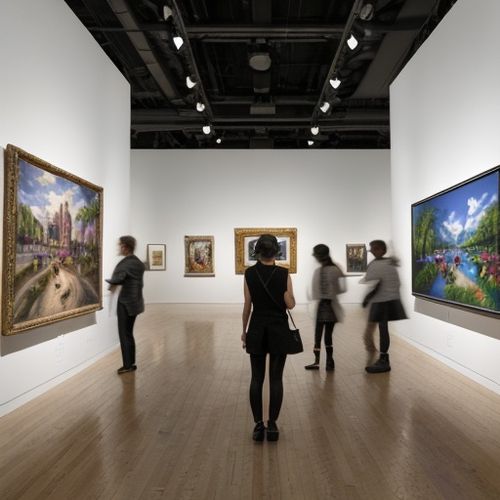
By Laura Wilson/Apr 12, 2025
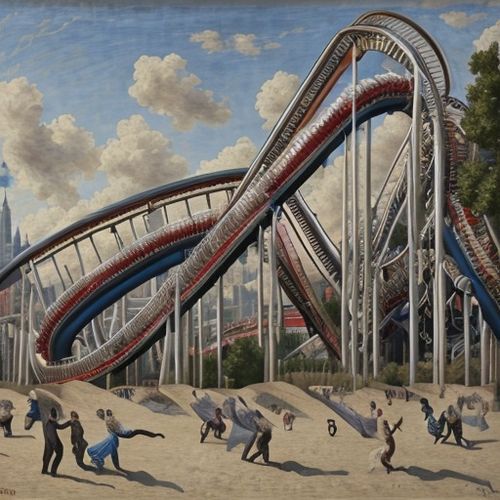
By Olivia Reed/Apr 12, 2025

By Daniel Scott/Apr 12, 2025
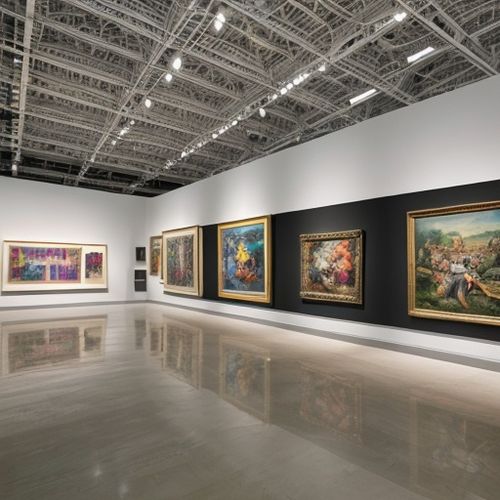
By James Moore/Apr 12, 2025
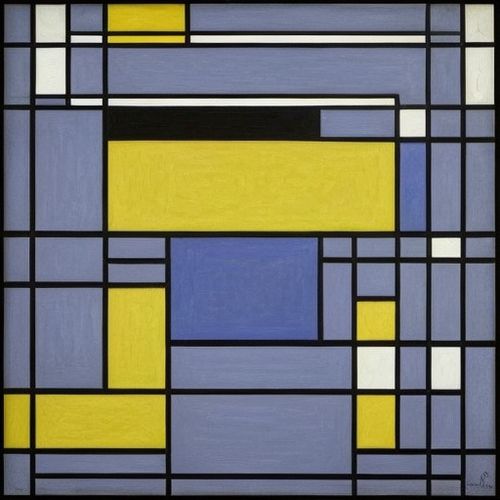
By Jessica Lee/Apr 12, 2025
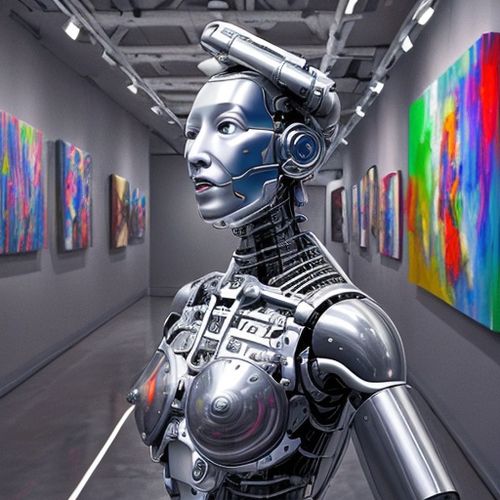
By Benjamin Evans/Apr 12, 2025
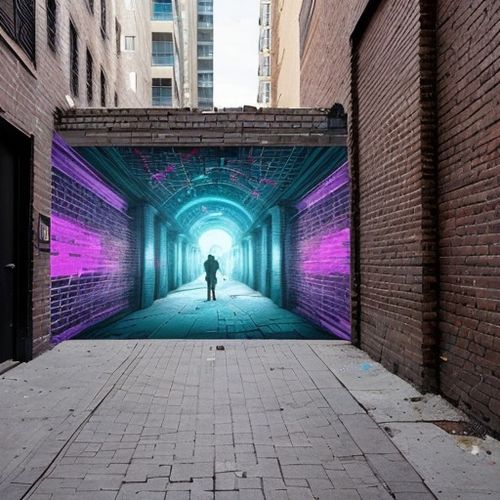
By William Miller/Apr 12, 2025
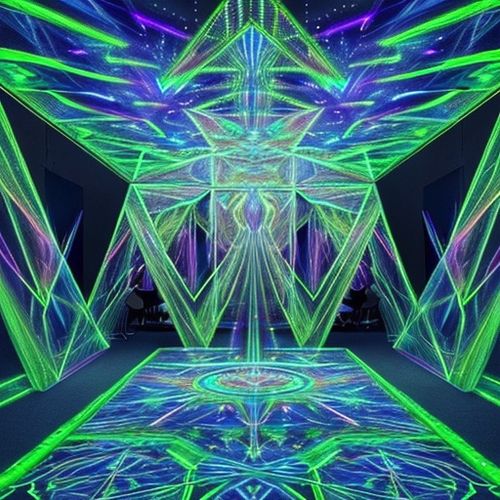
By Daniel Scott/Apr 12, 2025
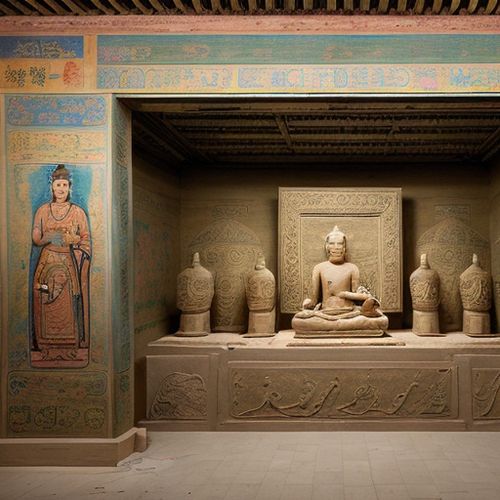
By Elizabeth Taylor/Apr 12, 2025
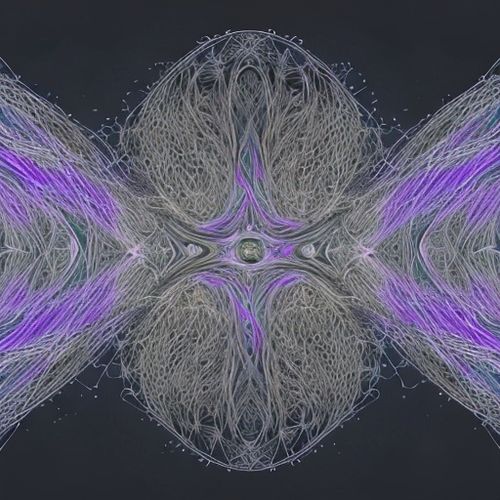
By Joshua Howard/Apr 12, 2025
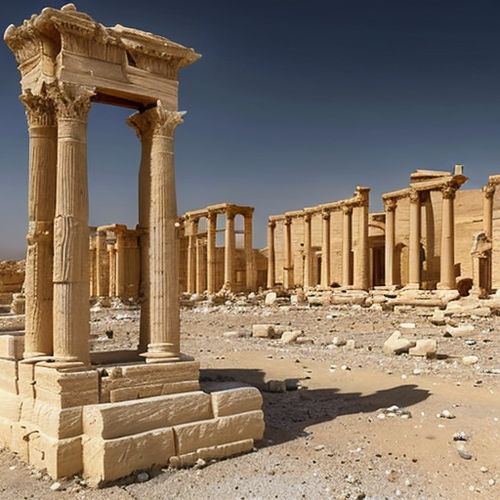
By William Miller/Apr 12, 2025
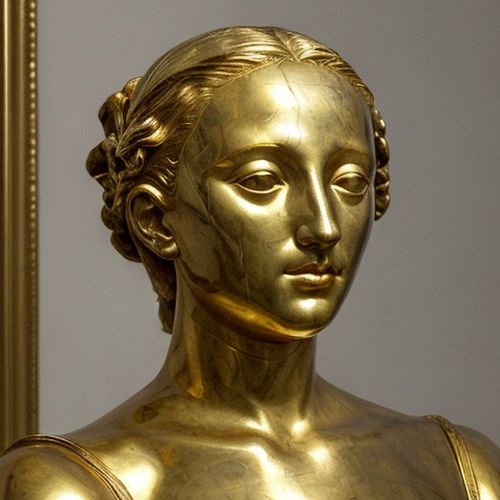
By James Moore/Apr 12, 2025
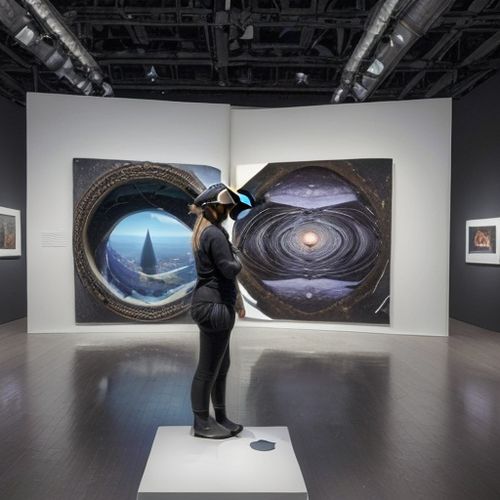
By Elizabeth Taylor/Apr 12, 2025
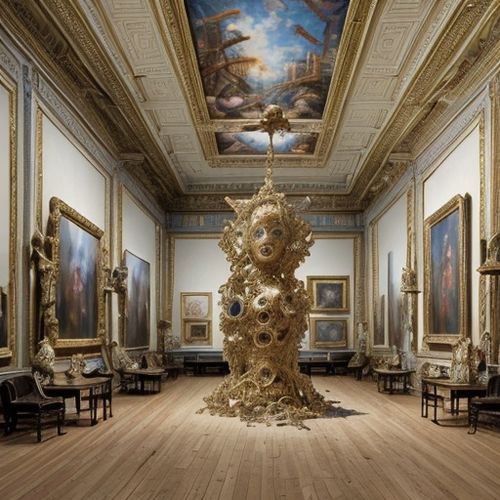
By Sarah Davis/Apr 12, 2025
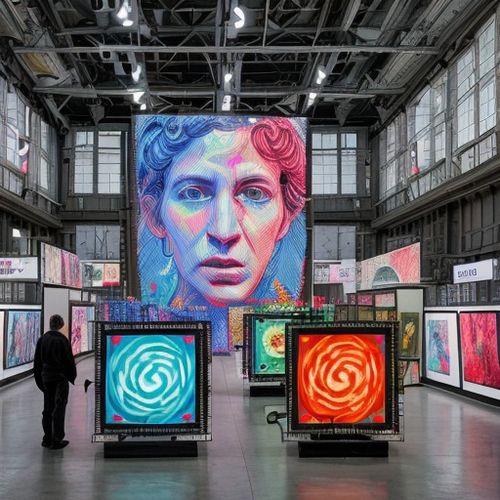
By Christopher Harris/Apr 12, 2025
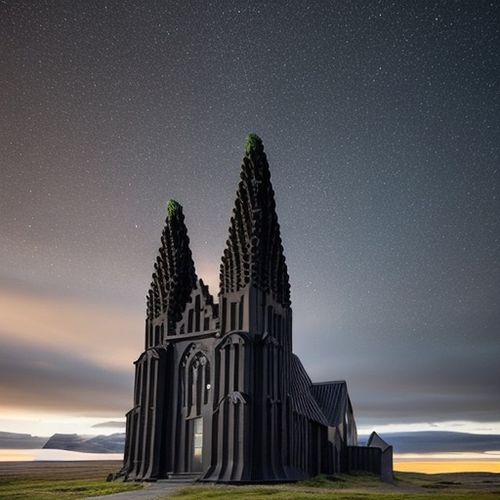
By George Bailey/Apr 12, 2025
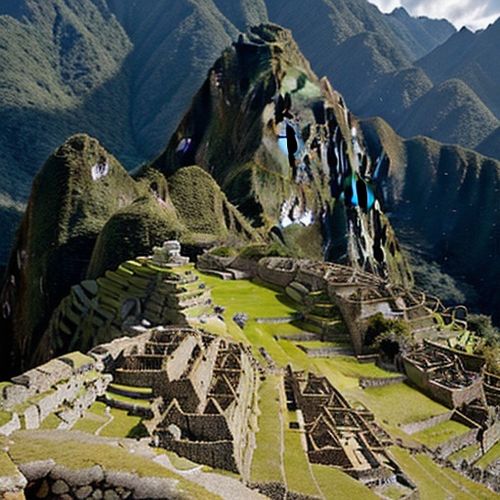
By John Smith/Apr 12, 2025
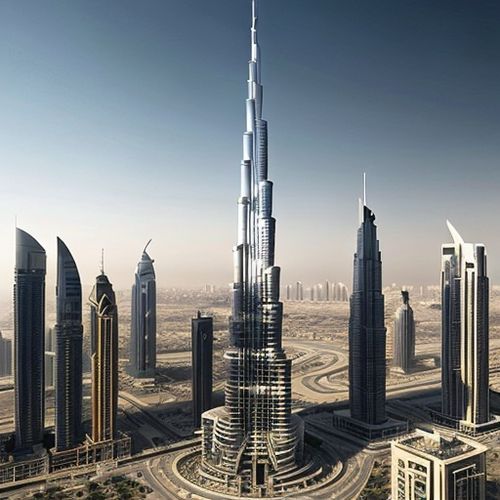
By Christopher Harris/Apr 12, 2025